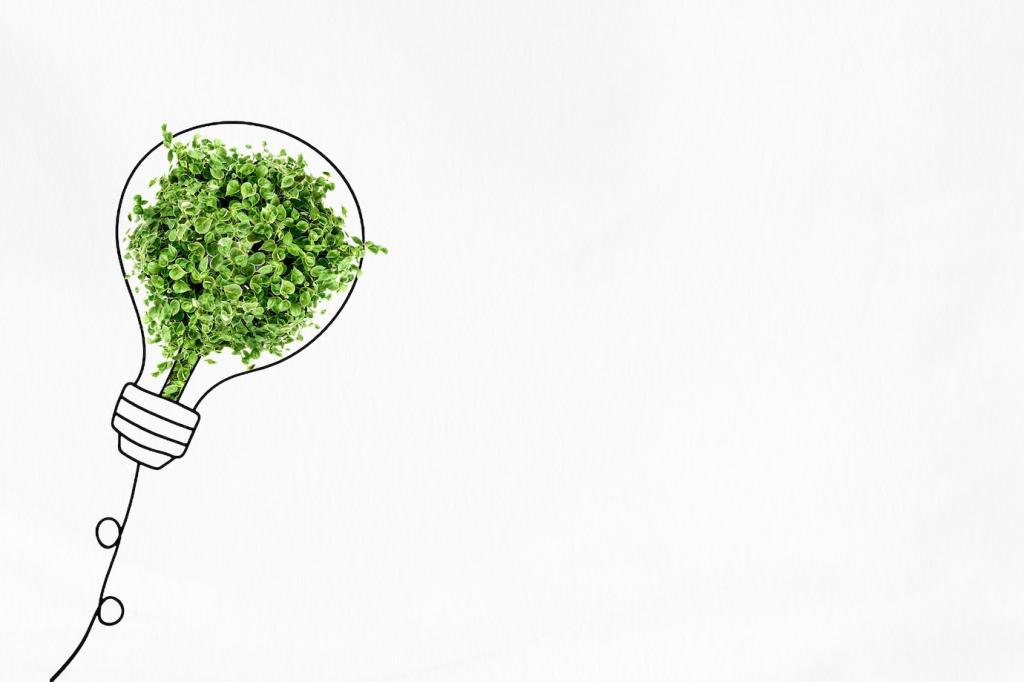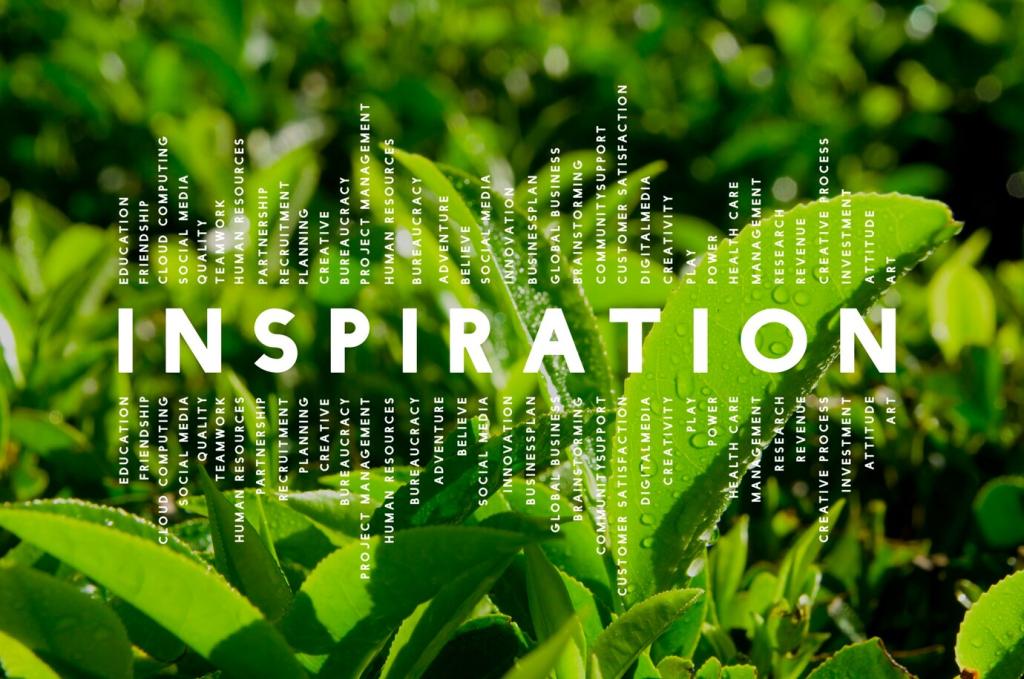Sustainable Textile Innovations in Fashion
The fashion industry is undergoing a radical transformation as it embraces sustainable textile innovations. Driven by consumer demand, environmental concerns, and technological advancements, these innovations seek to minimize ecological footprints while preserving style and quality. The transition to greener textiles is not only vital for the planet’s well-being but also essential for the industry’s longevity. This page delves deep into the latest breakthroughs and emerging trends shaping a more sustainable fabric landscape, offering insights into the materials, processes, challenges, and future directions redefining fashion as we know it.


Next-Generation Plant Fibers
Innovators are turning to fast-growing plants such as bamboo, hemp, and banana for fiber extraction, producing textiles that are both resilient and biodegradable. These crops generally require fewer pesticides and less water than conventional cotton, making them a more environmentally responsible choice. Forward-thinking brands are experimenting with blends and weaving techniques to enhance the comfort, durability, and visual appeal of these plant-based fabrics, thereby elevating their status within mainstream and luxury fashion markets alike.

Algae-Derived Yarns
Algae-based innovations, such as yarns spun from seaweed extracts, are redefining what’s possible in sustainable textiles. These fibers are harvested with minimal disturbance to ecosystems, as algae grows rapidly and does not compete with food crops for arable land. Not only do algae-derived yarns significantly reduce the water and chemical footprint, but their natural properties—such as breathability and antimicrobial benefits—make them appealing to both eco-conscious consumers and performance apparel brands.

Biofabricated Silk Alternatives
The quest for cruelty-free silk has led to remarkable advancements in biofabrication, where microorganisms are programmed to produce silk proteins. These lab-grown silk fibers replicate the luxurious feel and performance characteristics of traditional silk without involving silkworms or relying on harmful chemicals. Such innovations are scalable, customizable, and have a substantially smaller environmental impact, marking a promising frontier for both sustainable luxury and technical textiles.
Recycling Technologies in Textile Production
Mechanical Recycling of Fibers
Mechanical recycling involves physically breaking down discarded clothing and textile waste into fibers that can then be spun into new yarns and fabrics. This process is especially effective for cotton and wool, offering a path to retain material purity and reduce landfill waste. However, it does present challenges regarding fiber quality and durability, which are being addressed through improved sorting, blending with virgin fibers, and innovative spinning techniques. Mechanical recycling not only diverts waste but also creates new opportunities for circular fashion lines.
Chemical Recycling of Synthetic Textiles
Chemical recycling technologies break down synthetic textiles, such as polyester and nylon, back into their raw monomers, which can then be re-polymerized into high-quality fibers. Unlike mechanical methods, chemical recycling can deal with blended and contaminated materials, ensuring a more thorough recovery process. These technologies are gaining traction thanks to their capacity to produce recycled fibers equal in quality to virgin materials, thus increasing the incentive for brands to incorporate more circular content in their collections.
Upcycling Post-Consumer Waste
Upcycling takes textile recycling a step further by transforming discarded garments into products with higher value, creativity, or functionality. Designers are employing innovative methods to source, deconstruct, and reconstruct materials, often creating one-of-a-kind pieces that champion resourcefulness and individuality. This approach not only extends the lifecycle of existing textiles but also inspires a shift in consumer perception about the value and desirability of recycled materials.
Water-Saving Dyeing and Finishing Processes
01
Digital and Supercritical CO2 Dyeing
Digital dyeing employs precision technology to apply color directly to textiles, significantly reducing water, energy, and chemical use compared to conventional methods. Alternatively, supercritical CO2 dyeing uses pressurized carbon dioxide as a solvent, entirely eliminating water from the dyeing process. Both methods boast vibrant color payoff, reduced waste, and shorter production timelines, enabling brands to meet sustainability targets while maintaining design flexibility.
02
Enzyme-Based Finishing
Biotechnological advancements have introduced enzyme-based finishing techniques that replace harsh chemicals with naturally occurring catalysts. These enzymes can enhance softness, strength, and color-fastness, while also enabling functional finishes such as anti-wrinkle or moisture-wicking properties. With lower energy, water, and chemical requirements, enzyme-based processes are safer for workers and the environment, and stand as a leading example of nature-inspired innovation in textile finishing.
03
Waterless Surface Treatments
Innovators are developing waterless treatments for imparting finishes like stain resistance or antimicrobial properties. Plasma and laser technologies modify the fiber surface at a microscopic level, achieving desired results without the use of water or toxic additives. These processes are not only environmentally friendly but also allow for greater control, consistency, and customization within textile finishing operations, pushing the boundaries of what sustainable textiles can achieve.
Circular Design Strategies
Garments created under design-for-disassembly principles facilitate easy separation and recycling at the end of their use. This may involve using mono-materials, modular components, or recyclable threads that dissolve under specific conditions. By anticipating a product’s afterlife, brands make recycling more efficient, reduce waste, and support new business models such as garment take-back or remanufacturing, driving the fashion industry toward true material circularity.
Previous
Next
Smart Textiles and Environmental Monitoring
Integrating sensors in manufacturing and throughout the supply chain enables real-time monitoring of resource use, waste generation, and environmental conditions. Technologies such as RFID tags and IoT-connected devices help brands identify inefficiencies, optimize production, and reduce excess inventory. This data-driven approach fosters more transparent and responsible decision-making, supporting sustainability at both operational and strategic levels within the textile industry.
Supply Chain Transparency and Traceability
Blockchain for Textile Traceability
Blockchain technology offers a decentralized and tamper-proof record of a textile’s journey, from raw material to retail. This ensures that claims regarding organic, recycled, or fair-trade credentials can be independently verified by all parties involved. The transparency provided by blockchain not only strengthens consumer trust but also deters greenwashing, holding brands more accountable for their sourcing and manufacturing practices.
Digital Product Passports
Digital product passports are comprehensive data profiles accessible via QR codes or NFC chips embedded in garments. These passports detail everything from fiber composition to dyeing methods and labor conditions, empowering consumers to make informed purchasing decisions. For brands, they offer a powerful tool for reporting, compliance, and facilitating product take-back schemes, all of which are critical for building a genuinely sustainable fashion ecosystem.
Certifications and Third-Party Auditing
Rigorous certification programs and independent audits are becoming standard in sustainable textile sourcing, covering criteria such as environmental impact, worker welfare, and product safety. These measures provide credible assurance that a textile meets internationally recognized standards. As consumer skepticism about green claims grows, third-party verification is essential for distinguishing genuinely sustainable innovations from mere marketing.
Inclusive and Socially Responsible Innovation
Ethical Sourcing and Fair Trade Practices
Ethical sourcing prioritizes safe working conditions, fair wages, and community development throughout the textile supply chain. Fair trade programs, which often involve direct purchasing from small-scale farmers or cooperatives, help ensure that the benefits of sustainable fashion reach those at the grassroots level. Brands leading in ethical sourcing are creating supply chains that not only minimize harm but actively contribute to social well-being and poverty alleviation.
Empowering Artisan and Indigenous Communities
Innovative collaborations with artisan and indigenous groups are revitalizing traditional textile knowledge, offering both commercial opportunities and preservation of cultural heritage. Fair partnerships involve co-design, capacity building, and equitable profit-sharing, positioning these communities as partners rather than just labor resources. This socially grounded approach enriches sustainable textiles with authenticity and diversity, countering the homogenization of global fashion.
Inclusive Design for All Abilities
Sustainability efforts are expanding to include accessible design, ensuring that textiles and garments cater to diverse physical needs and abilities. Universal design principles, adaptive clothing, and tactile materials driven by user-centered innovation are gaining prominence, making sustainable fashion more inclusive. This approach recognizes that environmental and social sustainability are intertwined, and that ethical fashion must be accessible to everyone.
